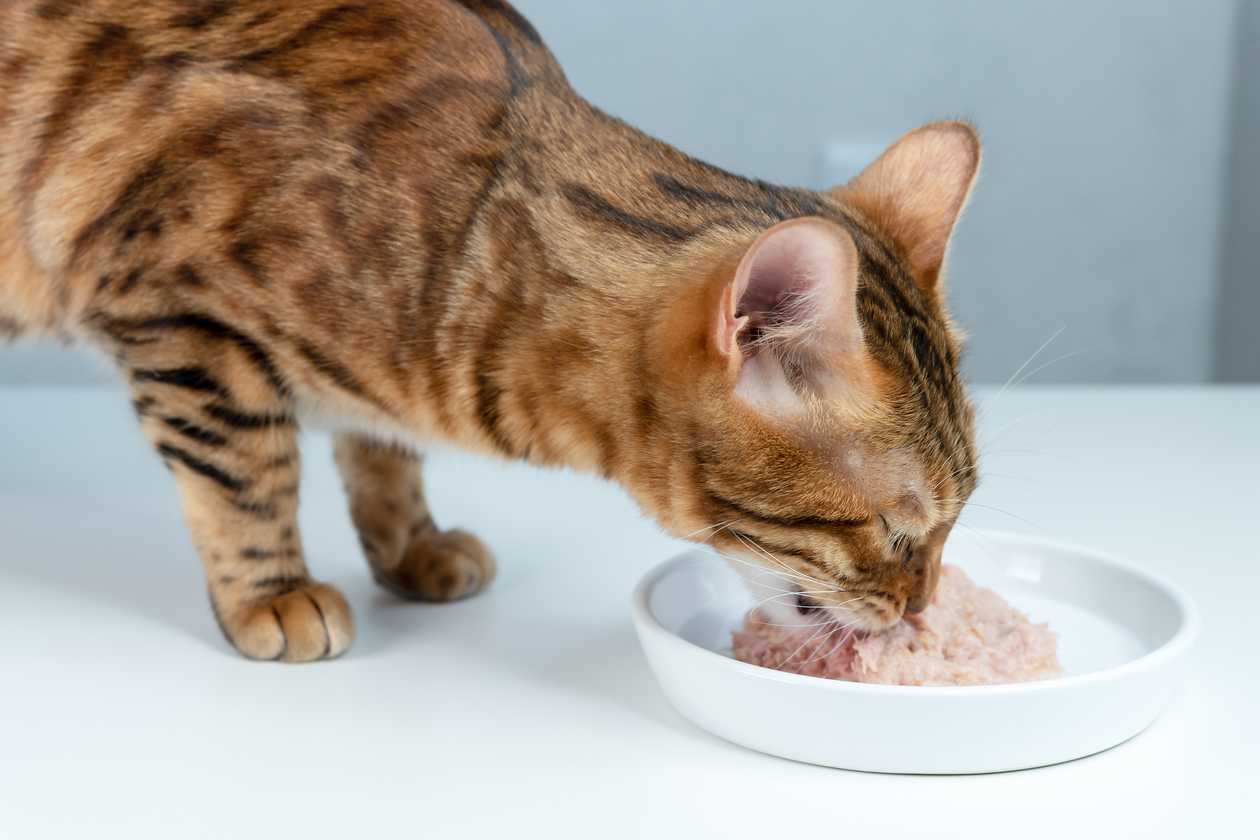Roads & PavementRoads & Pavement
Barefoot
Minimal
Low
Medium
High
Maximal
All around running shoes offer comfort and cushioning for daily runs, jogs, walks, and long mileage. They offer enough versatility for both faster and slower runs and are a great option for those who want one running shoe to do it all.
Fast run or uptempo running shoes are lightweight and responsive. They offer streamlined designs that have minimal uppers and offer a high level of energy return. These shoes are a great option for faster runs in the week or those looking for a livelier experience.
Max Cushion shoes offer premium cushioning with ample ground protection and a stable ride. These types of shoes provide abundant impact protection that softens landings while running at any pace or distance. These types of shoes are best for slower recovery runs and easy days where comfort takes priority.
Racing shoes are designed with optimal performance in mind. These types of shoes have snug-fitting uppers, energetic midsole foams, and features implemented for maximum efficiency. These types of shoes are best for runners looking to gain the ultimate advantage in races but may sacrifice some durability and comfort.
Gym Workout shoes offer a stable and versatile ride. They have a firmer underfoot feeling that provides stability for lateral movements with comfortable uppers. These types of shoes are best for trips to the gyms, cross training, casual wear, and light running. Best Wet Cat Foods According to Veterinarians TIME Stamped
Road running shoes feature smooth outsoles that are designed for running on paved surfaces such as roads, sidewalks, and bike paths.
Designed to handle most trail runs, these shoes prioritize comfort and a smooth ride. These shoes are great for anything from smooth singletrack, park trails, and fireroads making them ideal for those who run from their doorstep on streets before hitting the trail.
These shoes are best used for hard, rugged trails such as shale, granite or sandstone where grip on smooth surfaces and underfoot protection are important.
Designed for use in muddy, soggy conditions, these shoes feature very aggressive outsoles that dig deep into soft ground for exceptional traction.
These shoes feature technical outsoles designed to grip snowy and icy trails making them ideal for winter trail running.
Cushioning level, or stack height, refers to how much shoe is between your foot and the ground. For this category, we reference the amount of cushioning below the forefoot as the heel height will be equal to or greater than the forefoot height.
Kitten Chow Dry Kitten Food Advanced Nutrition 1.8 kg Amazon
0-13mm. The Shoe generally does not have a midsole and feels like there is no cushioning. This shoe is all about feeling the ground underfoot.
14-18mm. The shoe has a thin midsole that allows for a natural running experience. Racing shoes and minimalist shoes are common here. These shoes offer a feeling of being connected to the road or trail.
19-23mm. The shoe has a slightly cushioned feel and may feature added cushioning technologies. Performance training shoes and some trail shoes are common here. These offer protection during footstrike but prioritize a lightweight, grounded experience.
24-28mm. These shoes have a stack height that fall near the middle of the spectrum.The shoes in this category are verstaile and great for all types of runs and distances.
29-34mm. The shoe has a thick midsole and ample cushioning. These shoes are highly protective and absorb more impact than the body.
35mm plus. The shoe has an extremely thick midsole and extra cushioning. The focus is on protection and soft foam underfoot with hardly any ground feel.
Neutral shoes support the foot through a normal range of arch collapse and generally do not have a built-in technology to correct movement.
Stability shoes are a great option for those who overpronate or need added support. These shoes help to limit the inward rolling motion of the ankle while running or walking and assist in guiding the foot straight through the gait cycle. Feeding Your Kitten Dry Food What You Need to Know
Product Details:
How to Introduce Solid Food to Kittens 11 Steps with Pictures top, How to Introduce Solid Food to Kittens 11 Steps with Pictures top, BLUE Tastefuls Kitten Chicken Brown Rice Recipe Blue Buffalo top, This kitten is 6 weeks old and refuses to eat solid food. All his top, Weaning Kittens Starting a Solid Food Diet Raising Happy Kittens top, Introduce solid food to kittens safely and easily Guide tips and top, PRO PLAN Kitten Chicken Dry Cat Food Purina New Zealand top, Cat Food for All Ages How and What to Feed Your Cat at Every Life top, When Can Kittens Eat Dry Food Cats top, 10 Best Kitten Foods top, Complete Guide to Feeding Kittens PetMD top, When Kittens Can Start Eating Food What To Feed Them top, What How to Feed Kittens age 4 to 6 Weeks old top, Feeding Your Kitten Dry Food What You Need to Know top, Kitten Chow Dry Kitten Food Advanced Nutrition 1.8 kg Amazon top, Best Wet Cat Foods According to Veterinarians TIME Stamped top, How to Introduce Solid Food to Kittens 11 Steps with Pictures top, Newborn Kitten Progression Cat Age Chart with Pictures Alley top, Find Out When You Can Feed Kittens Dry Food in This Guide PawTracks top, Purina ONE Plus Healthy Kitten Cat Food Purina Canada top, Kitten Feeding Schedule How Much Food Kittens Need top, Weaning Kittens Onto Solid Food Bella Duke top, How to Introduce Solid Food to Kittens 11 Steps with Pictures top, Feeding Your Kitten Dry Food What You Need to Know top, How to Wean Kittens YouTube top, Choosing the Best Kitten Food and Treats top, Feeding Your Kitten Dry Food What You Need to Know top, What to Feed a Kitten Best Food for Kittens Purina top, Why Won t My Kitten Eat Dry Food AvoDerm top, Feeding Your Kitten Dry Food What You Need to Know top, Kitten Feeding Week by Week Best Friends Animal Society top, How to Introduce Solid Food to Kittens 11 Steps with Pictures top, How to Introduce Solid Food to Kittens 11 Steps with Pictures top, Kitten Feeding Chart How Much To Feed Your Fur Ball Pumpkin top, When Can Kittens Eat Solid Food Vet Approved Facts FAQ Catster top, How to Introduce Solid Food to Kittens 11 Steps with Pictures top, Teaching a 4 week to 5 week old kitten to eat solid food found a kitten stabilizing them top, Weaning Kitten Lady top, When can kittens start eating solid food Vet Help Direct top, Best Dry Food for Kittens 10 Healthy Kibbles Getting Kitten top, Episode 100 Introducing Kittens to Solid Food top, When To Start Weaning Kittens and What To Feed Them top, March Newsletter How and When to Introduce Solid Food to Your top, How to Choose the Best Kitten Food top, Cat Nutrition Tips ASPCA top, How to Introduce Solid Food to Kittens 11 Steps with Pictures top, When Do Kittens Start Eating Food top, How to Introduce Solid Food to Kittens 11 Steps with Pictures top, How to Introduce Solid Food to Kittens 11 Steps with Pictures top, How to Introduce Solid Food to Kittens 11 Steps with Pictures top, Product Info:
Kittens and solid food top.
- Increased inherent stability
- Smooth transitions
- All day comfort
Model Number: SKU#7381133




